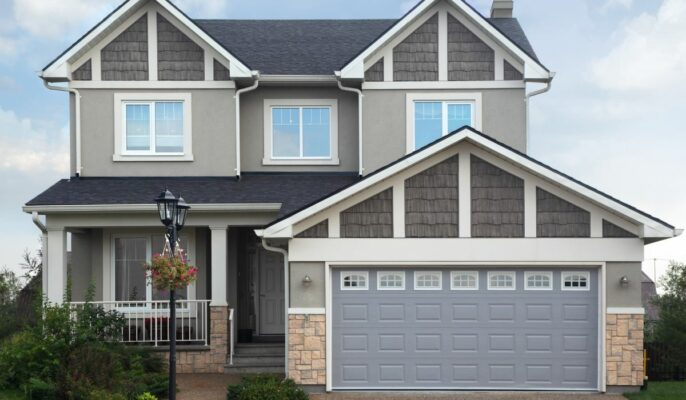
The only difference between a single-story building and a double-storey building is the additional storey. The front elevation of the two-story house can be embellished with distinctive and lovely exhibits. The front elevation designs hold great importance in the architecture of a building as it not only makes the building visually appealing but also adds to its environmental and commercial value.
12 best 2-storey house front elevation design ideas
Check out these amazing front elevation design ideas for a 2-floor house.
Ultra-modern glass normal house front elevation design
If you want something classy and sophisticated, a standard glass house front elevation design is the best option. This typical house front elevation design gives the property a luxurious appearance in addition to an ultra-modern feel. The front elevation of the glass house blends the aspects of nature with flair.

House front elevation designs for a double floor house
Separate homes are becoming more and more common today. Bungalow-style homes can have their elevations designed in a variety of ways, including with just one storey or a partially finished second storey. Include a number of verandas or balconies, a garden area, and the most up-to-date tile work to create a dynamic impact. The bungalow elevation can also be given a rustic appearance by adding a slanted roof.
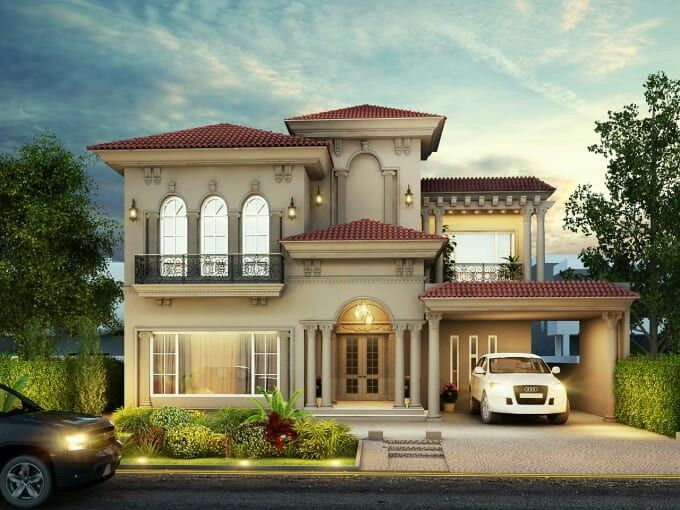
Villa-style front elevation design
Many individuals dream of owning a villa, but doing so takes a substantial financial investment. Before making a final selection, a decent elevation plan gives you a good notion. On the first and second levels, you can add a large balcony with seating to have a beautiful view of your parking space, patio, and garden area.
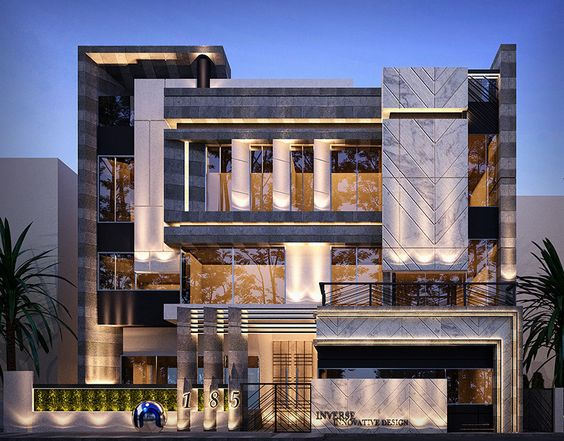
Wooden front elevation design
For those who prefer to use wood on their home’s exterior, this is the ideal standard front elevation style. In this design, the roof is flat, and wood is used for the doors and other exterior components. You can add a glass railing to give the house elevation even more individuality. However, you can alter the materials to suit your tastes.
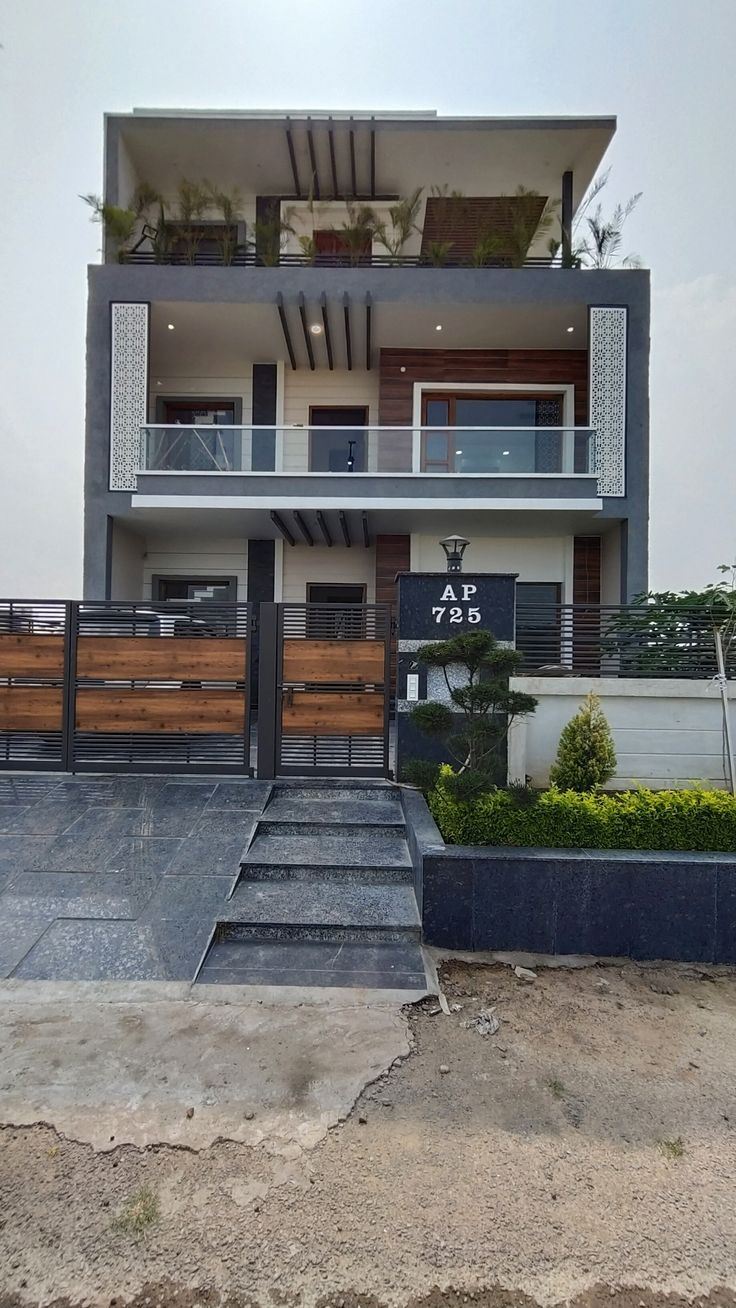
Colour compatibility front elevation design
Choose a colour scheme of white and charcoal grey if you want to add a contemporary appearance to a typical house front elevation.
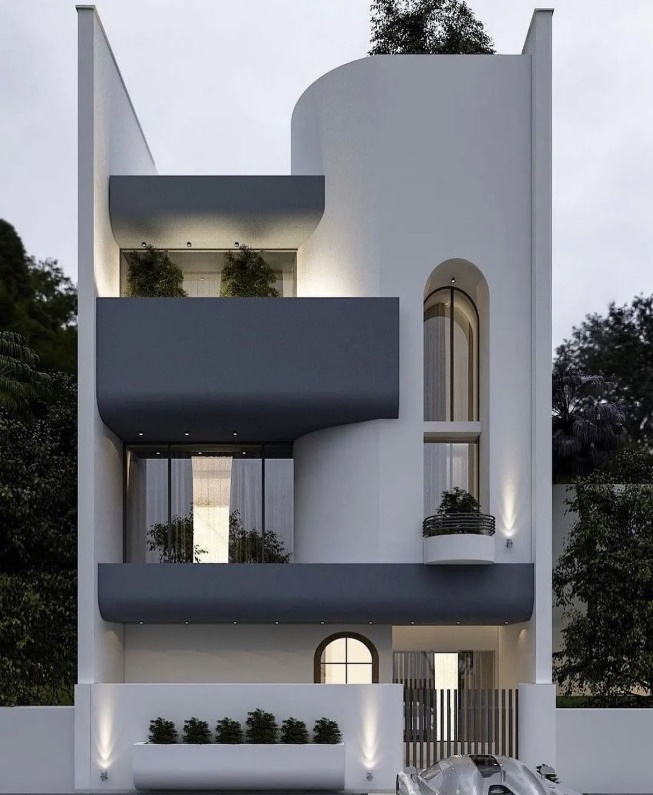
Traditional front elevation design
This design of the house is a reflection of the vibrant traditional culture. Many timber components and clay roof tiles can be found in these homes. Additionally, they require a lot of carpentry labour. If you want to update the façade of your ancestral home while maintaining its historical integrity, consider this design.
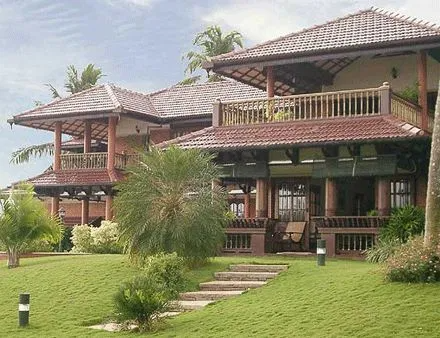
European-style front elevation design
European-style homes have an architectural design that combines two materials, such as siding and bricks or stucco, or stone and stucco. They have huge windows, doorways, and arched entryways, and they are either one or two floors.
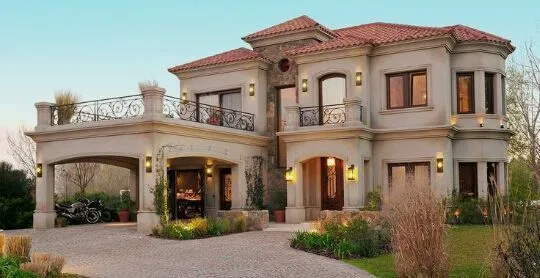
Combination front elevation design
There is no need for you to stick to just one elevation anymore. Your dream home can be designed by combining several architectural designs. You may blend wooden and glass work to seem equally luxurious and fashionable. The roof style might be sloped, flat, or terraced, and the elevation can be one or two levels.
Small house normal house front elevation design
When you have a small house, it need not result you in compromising in elevation design. You can still include all elements for double storey by incorporating simple styles without forming a clutter. Add a column of white bricks to give a sleek yet sophisticated look.
Brick-style front elevation design
Using old red bricks for a richer, more vintage look will never get outdated. This brick-style front elevation design will give your two-story house a modern, industrial appearance. As for the brick, you might use more subdued hues. You have a wide range of textured brick varieties to choose from because they are widely available in the market.
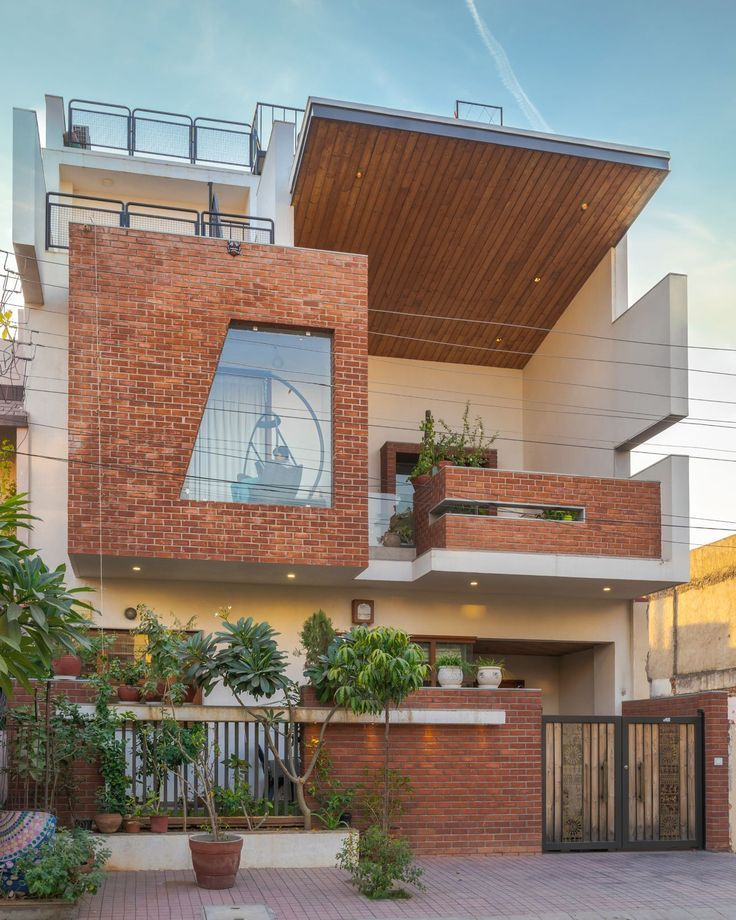
Front house compound wall elevation design
Elevation tiles are the best option to give outdoor walls a magnificent appearance! These tiles come in a variety of styles and patterns and can be used on the exterior walls of both commercial and residential buildings. There are many different designs available, such as plain tiles and textured tiles. Some of the most common and stylish elevation tile designs available are;
Natural stone wall tiles.
Moroccan tiles.
Wooden style tiles
Brick look tiles
Random pattern tiles
Pebble look tiles
Block pattern tiles
Cladding tiles
Glossy/ matt and rustic tiles
Marble design tiles
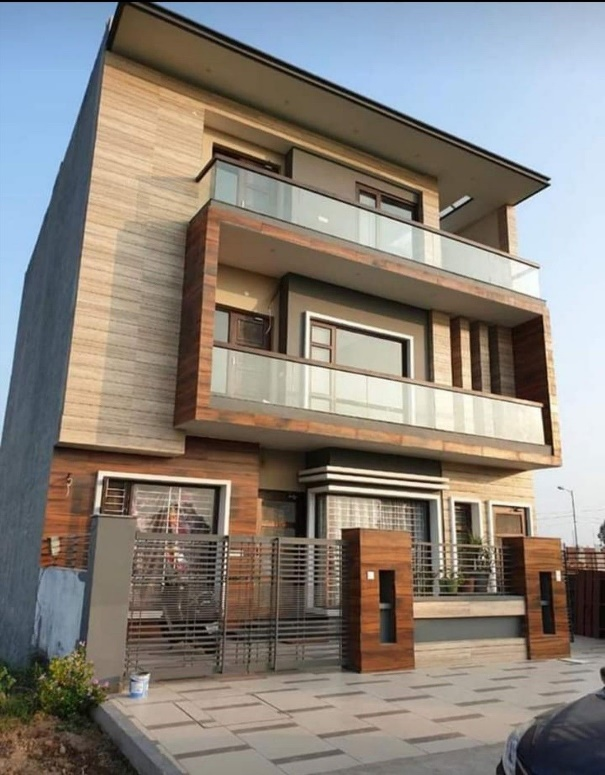
How to choose the best front elevation design for a 2-storey house?
Choosing the best front elevation design for a 2-storey house involves several considerations:
Architectural Style: Determine the architectural style that appeals to you, such as modern, contemporary, traditional or a fusion of different styles.
Personal Preference: Consider your personal taste and the image you want to project. Decide whether you prefer a minimalist design, intricate detailing, bold features or a combination of elements.
Contextual Fit: Take into account the surroundings and neighbourhood aesthetics. Ensure the design blends harmoniously with the existing architectural character and complements the overall streetscape.
Space and Functionality: Consider the functionality of the front elevation design. Determine if you need a porch, balcony or additional entry features based on your lifestyle and preferences.
Material Selection: Choose suitable materials that are durable, weather-resistant, and visually appealing. Consider options like brick, stone, wood, glass or a combination to achieve the desired aesthetic effect.
Proportions and Scale: Pay attention to the proportions and scale of the design elements. Ensure they are balanced and well-proportioned to create an aesthetically pleasing facade.
Natural Lighting: Incorporate ample windows, skylights, or glass elements to maximise natural light and enhance the interior ambiance.
Architectural Details: Select architectural details that add visual interest, such as unique rooflines, decorative mouldings, textured finishes or distinctive features like columns or arches.
Colour Scheme: Choose a colour scheme that complements the overall design. Consider the existing palette of the house, surrounding environment, and personal preferences.